Young women, whether elementary or high school students in summer programs or health professions students at the University of Arkansas for Medical Sciences (UAMS), will find that health care is being slowly redefined as more reflective of our state and nation.
More than 70 percent of UAMS’ 10,000-plus employees are women, including in leadership at all levels — program directors, department chairs, and senior leaders in clinical care, education and research. The 27-member Chancellor’s Cabinet, which includes the executive leaders of our institution, is more than half (14) women.

The gender ratio in Arkansas, like the United States, is about 51 percent female.
Diversity and Health Equity are UAMS core values; affirming that diversity among faculty, staff and students enhances the educational experience and reduces health disparities. We believe the most effective care is delivered by a health care team as diverse as our patient population.Representation is an aspect of diversity. While it does not supplant merit or qualifications for enrollment or employment, it motivates us to promote an environment that models our world.
Advocating more gender equity in media, actor Geena Davis says, “if she can see it, she can be it.” At UAMS, elementary-age and teenage girls can see career opportunities in health care. UAMS hosts summer programs to promote health care careers or to strengthen math and science skills as students prepare for college. Each year UAMS welcomes female high school students for a hands-on introduction to orthopaedics and engineering hosted by women faculty surgeons and researchers, part of the national Perry Initiative.
Our Women’s Faculty Development Caucus offers mentoring and professional development to help women faculty members advance careers and assume leadership roles.
Momentum toward gender equity is seen in UAMS student enrollment. In fall 2019, 63 percent of 2,768 students are female. Females are the majority in three colleges (Nursing, Health Professions, Public Health) and the graduate school, and are nearly equal in Medicine (46 percent) and Pharmacy (44 percent). To think, our medical school was open 22 years before it had its first woman graduate in 1901.
Nationally, about 57 percent of pharmacists are women. Women make up more than 90 percent of nurses, a profession traditionally more female.Only 36 percent of active physicians are female. However, the Association of American Medical Colleges reported that 2017 marked the first year more women were enrolled in U.S. medical schools than men.While women make up more than 80 percent of the overall health care workforce, by one count they hold just 40 percent of the leadership roles.
Supreme Court Justice Ruth Bader Ginsburg reminds us not to focus only on numbers in seeking equity: “When I’m sometimes asked when will there be enough [women on the Supreme Court] and I say, ‘When there are nine,’ people are shocked. But there’d been nine men, and nobody’s ever raised a question about that.”
She is not making a demand. Justice Ginsburg reminds us that the right answer is when that question is not necessary.


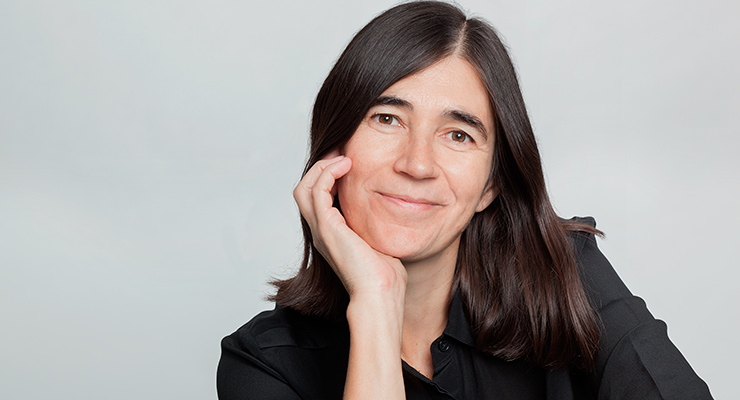


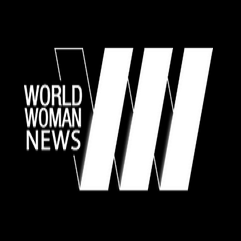
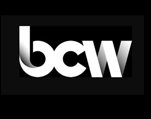

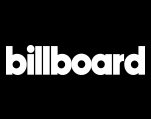
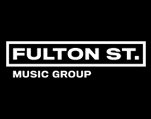



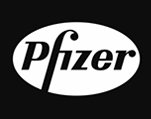


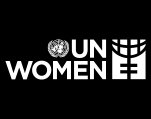

Hey, I think your site might be having browser compatibility issues. When I look at your blog in Firefox, it looks fine but when opening in Internet Explorer, it has some overlapping. I just wanted to give you a quick heads up! Other then that, superb blog!
It’s actually a cool and useful piece of information. I am glad that you shared this useful information with us. Please keep us informed like this. Thanks for sharing.
I like this weblog very much so much wonderful info .